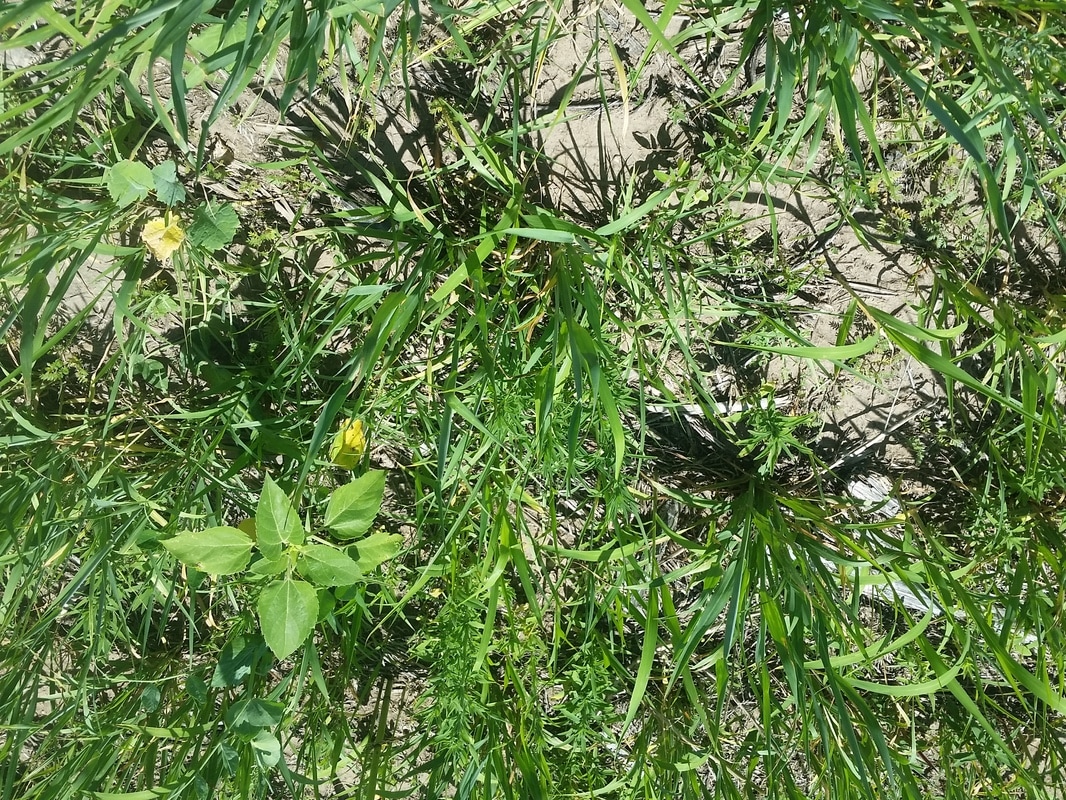 Now that everyone has planted and the cover crop is officially growing, it's time to lay out the experiments! The plan was to lay out the experiments three weeks after planting, but some of the fields have already been planted for a month or more. Since things tend to green up faster the farther east one goes, we decided to start with the eastern locations and work our way west. I will be in contact with the producers on the project shortly to let them know when to expect us. Thanks All!
5 Comments
We've had a great start to this season. I've enjoyed the opportunity to visit everyone’s fields for spring soil moisture sampling, and I'm excited to say that everyone has planted. It was a dry start to the season but luckily, we have had a little moisture move through to help get things started. I will be posting updates, plans, and pictures here regularly. In addition, I will be sending out shorter updates via email. Please feel free to share or post comments and updates as well. Now that we have made it through the first round of soil moisture sampling, it is time to lay out the treatments! I would like to say a special thank you to John and Wilma. I always learn so much from the two of you. Thank you for all of your help! Lance Feikert
Larry and Doug Manhart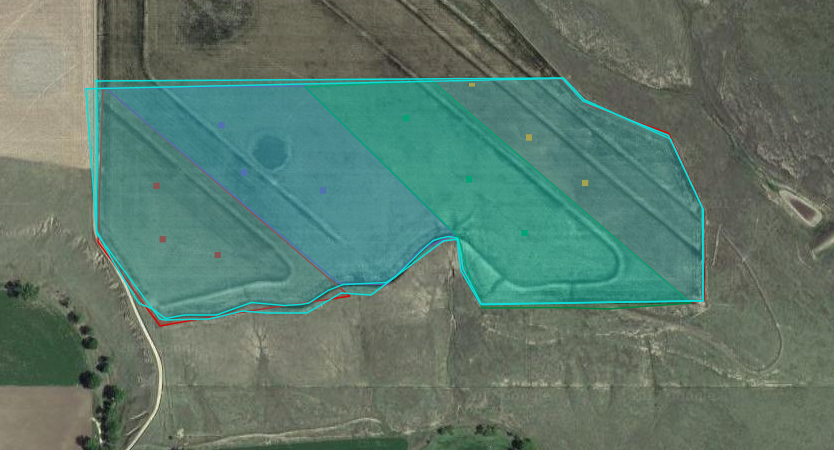 Wilma and I went to Larry and Doug Manhart’s March 10, 2017. It was cold, but sampling went well. The soil and soil moisture appeared to be highly variable across the 100-acres we sampled. There were spots where it was so dry that getting a sample was easy and others where it was too wet to take a sample. The field slopes and has many terraces. We arranged the blocks in the field to go with the terraces and tried our best to sample between them. The field was planted six days later on March 16, 2017. Curtis SaylesTodd Farnik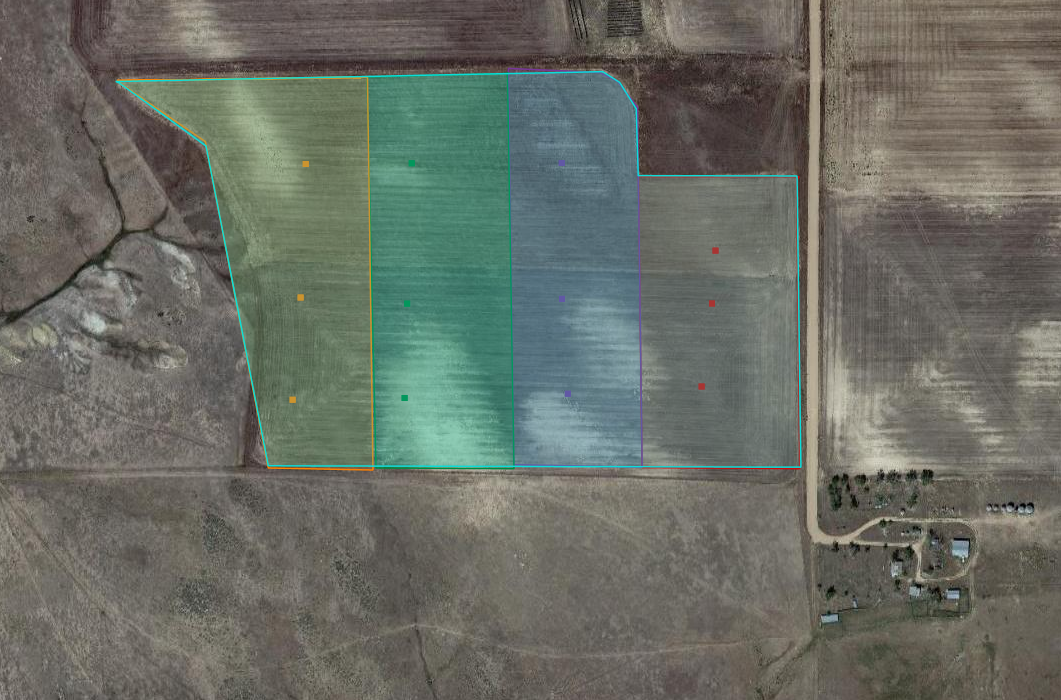 Our next adventure to Todd Farnik’s field was a bit more challenging. Again, we got lucky, because Todd was planting his field when we pulled up to sample. The field is 43-acres and was planted on March 23, 2017. Our challenge that day was the layer of sand and/or bedrock under the field that varies in depth. We also had problems with the probe and the GPS system, but we got the job done. Thankfully, our longest day of work had the shortest drive home. Michael ThompsonSteve Tucker |
Details
AuthorsThis blog is maintained by researchers at Colorado State University Archives
February 2018
Categories |
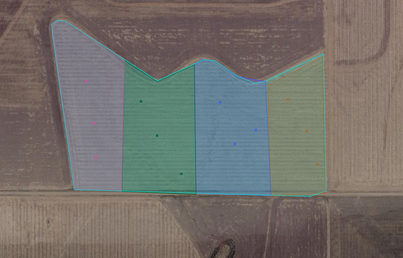
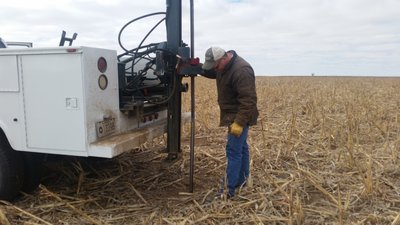
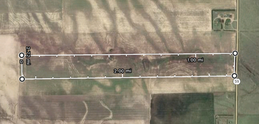
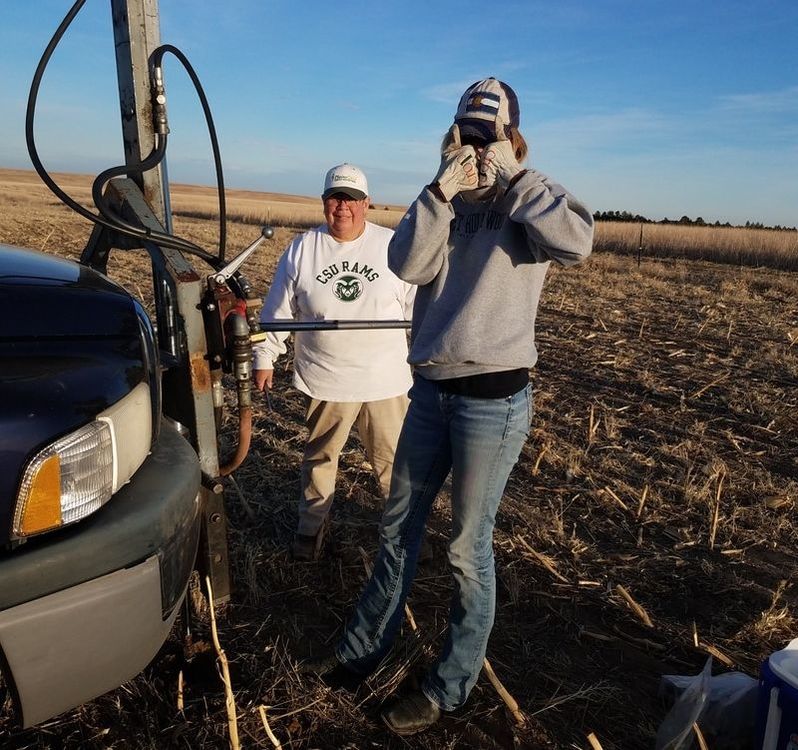
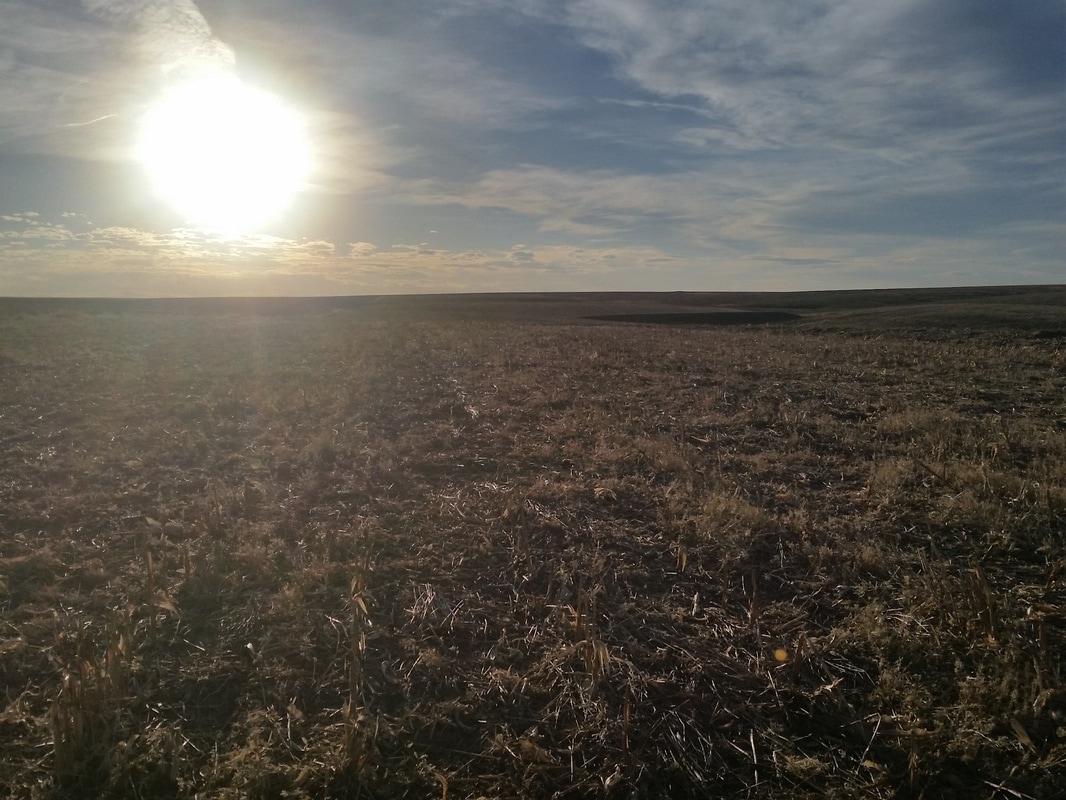
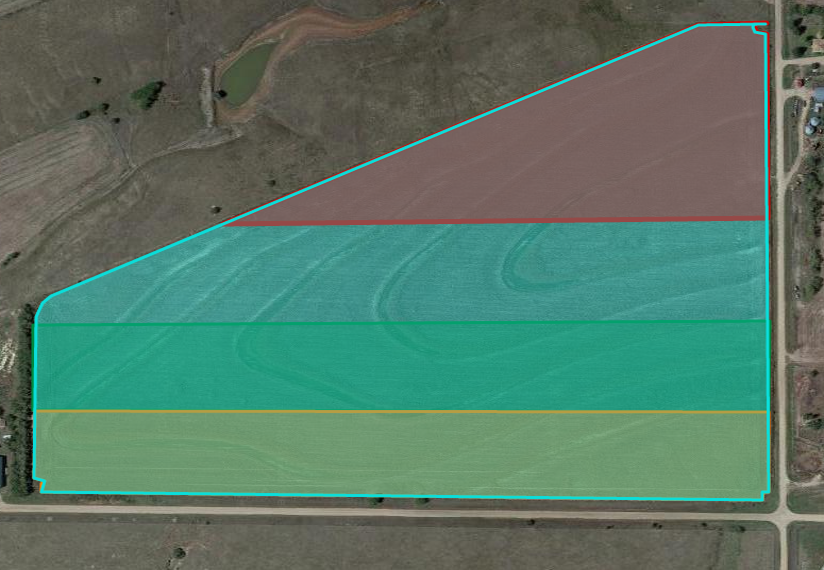
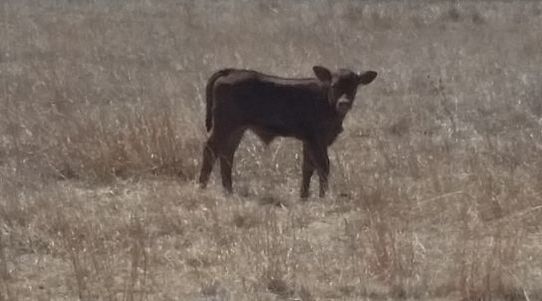
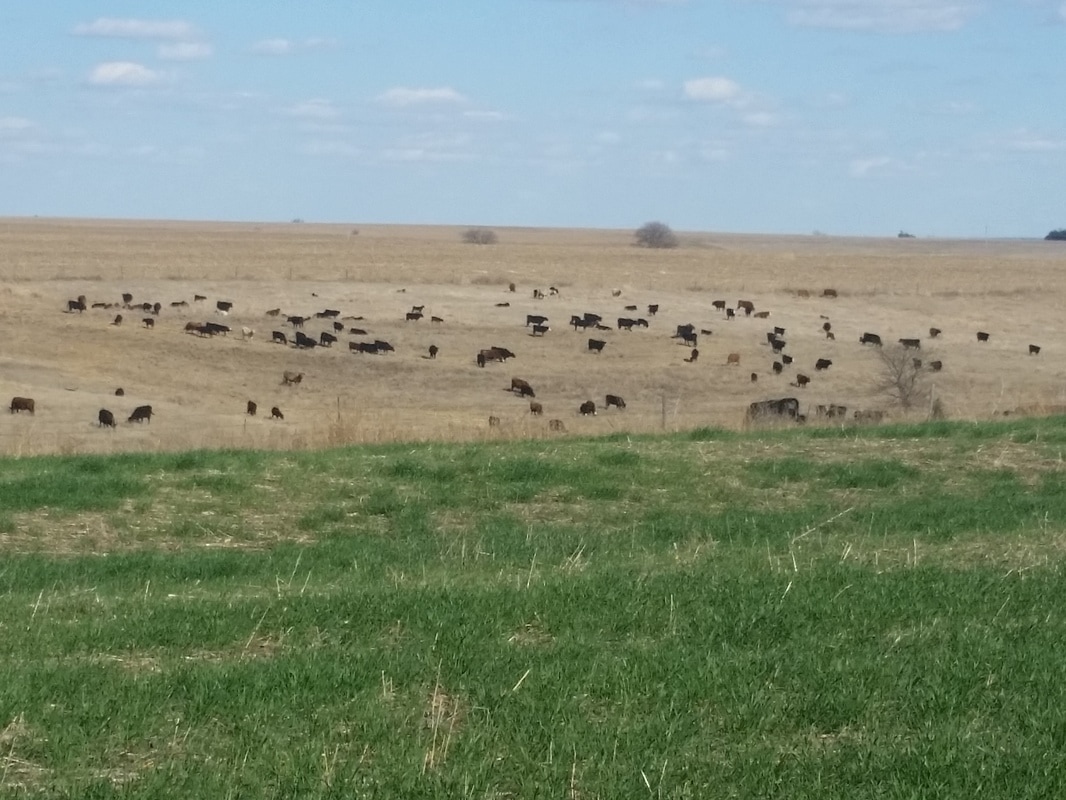
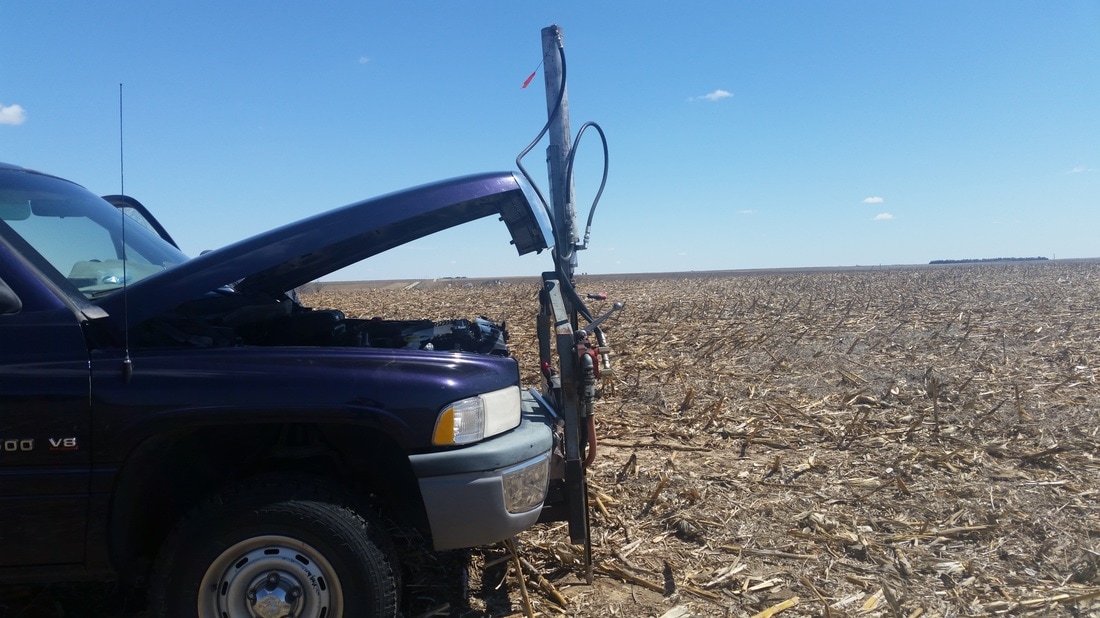
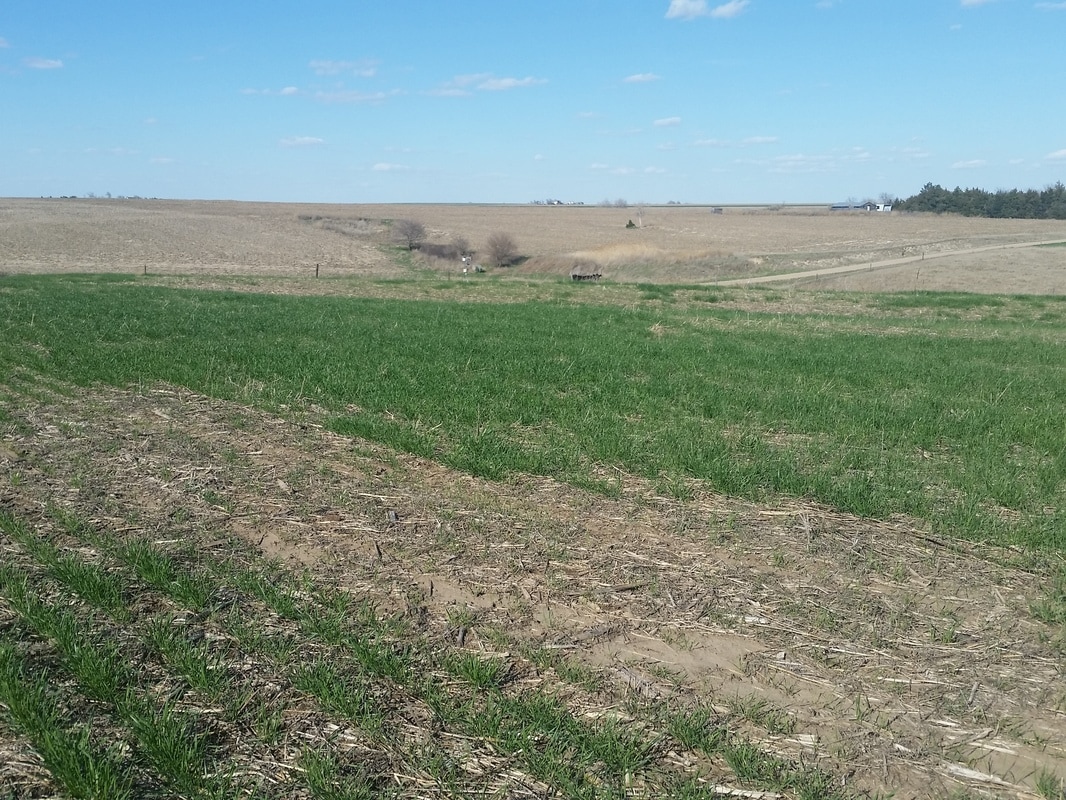
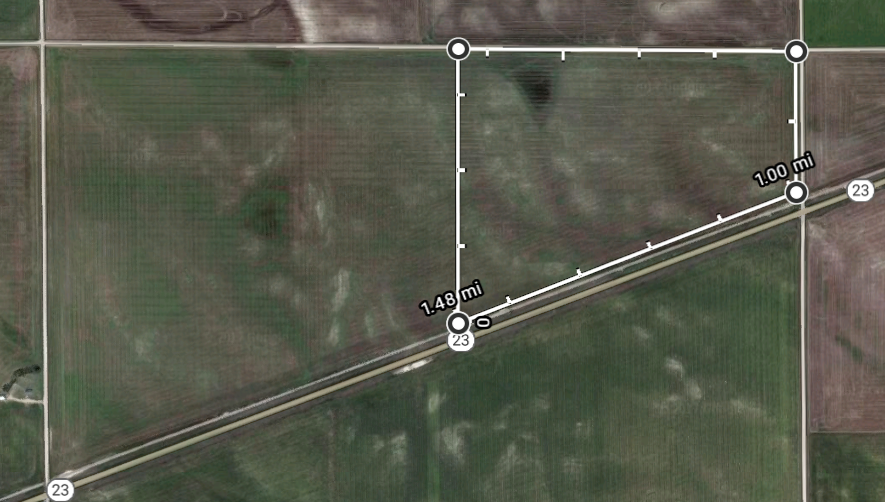
 RSS Feed
RSS Feed
